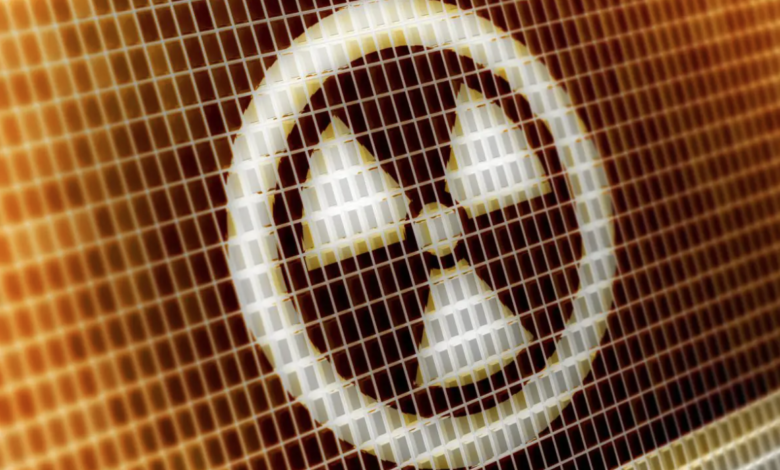Japan extends the life of nuclear power plants: the 60-year limit falls
Are 17 nuclear power plants already authorized to restart or back in operation after the stop of 2011
(sustainabilityenvironment.com) – Japan cancels the limit of 60 years for the duration of operation of its nuclear power plants. A step that leads to the expansion of energy from the atom in the Japanese mix, a point on which the government of Fumio Kishida has been pushing for months. Presenting it as the best solution to meet the commitment to achieve climate neutrality by 2050 and, above all, not to miss the 2030 milestones of emission reduction by 46% compared to 2013 levels.
Today, Japanese law provides that once the plant reaches 40 years of operation, it can apply for an extension of another 20 years subject to the control of the competent authority, Genshiryoku Kisei Iinkai (NRA). The new rules change this procedure. The request for an extension must be made once the 30 years of activity have been reached and the permit will last for ten years. At the same time as the request, the operators of the nuclear power plants must submit a detailed plant management plan.
New life for Japanese nuclear power plants
What does the extension of the life of Japan’s nuclear power plants mean in practice? Today, of the 60 reactors in the area, only 10 have already been reactivated after the precautionary stop following the Fukushima disaster in March 2011, while another 7 have already obtained the green light from the NRA. Another 10 reactors are still being monitored, while the remaining are being decommissioned.
read also Japan wants to lift the expiration date for nuclear power plants
Some of those already reactivated or soon to be reactivated already exceed 40 years of life. These are the nuclear power plants of Mihama (reactor 3), the only one that is already operating beyond the limit of four decades, to which will soon be added reactor 1 of the Takahama plant (48 years) and reactor 2 (47 years), as well as the second reactor of the Tokai plant (44 years).
Other reactors will follow, since the government’s goal is to get to 2030 with at least 20-22% of the electric mix covered by nuclear. Today the atom is worth only 6.9%. In the Japanese landscape, 45% of reactors are over 30 years old while 53% are between 10 and 30 years old.






